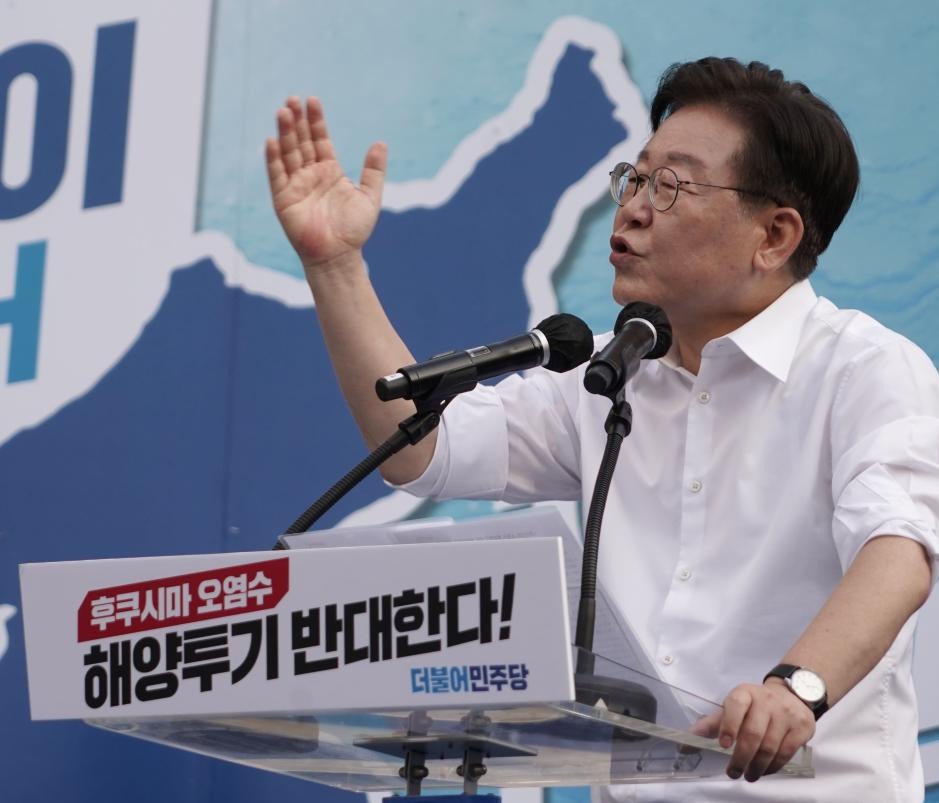Following US President Donald Trump’s announcement that he would impose a 25% tariff on imported cars and auto parts, Japan’s Prime Minister sounded the alarm on Thursday.
Prime Minister Shigeru Ishiba told lawmakers during a parliamentary session, “We need to consider appropriate responses,” adding, “All options will be on the table.”
This move, seen as undermining a bilateral agreement made between Trump and then-Prime Minister Shinzo Abe in September 2019, came as a surprise to Japan. This limited trade deal had opened Japan’s market to more American agricultural products. The agreement states that the two countries “will refrain from taking measures contrary to the spirit of these agreements.”
Japanese automakers reacted cautiously to the announcement. Toyota, Subaru, Mazda, and Honda issued brief statements saying they were assessing the potential impact.
Imported cars and trucks are currently subject to tariffs of 2.5% and 25%, respectively. When the new tariffs take effect on April 3, these rates will rise to 27.5% and 50%. The 25% tariff will also apply to automotive parts like engines and transmissions, taking effect no later than May 3.
Japan’s Chief Cabinet Secretary Yoshimasa Hayashi said the government intends to negotiate exemptions. Economists say it is unclear how exemptions might be secured, but there are several options.
According to economists, options Japan might consider include voluntary export restraints, a commitment to increase imports of items like natural gas, grain, and meat, and replacing Russian natural gas with gas from the US. In 2023, 8.9% of Japan’s natural gas imports came from Russia, while 7.2% came from the US.
“Japan will likely be looking at all these options,” said Koichi Fujishiro, a senior economist at the Dai-ichi Life Research Institute.
South Korea in a similar situation
South Korea is also expected to seek exemptions. Analysts said that South Korean automaker Hyundai Motor Group’s announcement earlier this week of a $21 billion US investment would help its negotiating position.
Esther Yim, a senior analyst at Samsung Securities, said, “The US has, in principle, applied a 25% tariff on all imported cars,” adding, “Washington can then negotiate with each country, and I think investment can be used as leverage.”
South Korea’s Ministry of Industry pledged an emergency response by April to help the country’s automakers, who are expected to face “significant challenges” when the tariffs take effect.
Over the years, global automakers have shifted to local production to avoid trade friction. According to the Mitsubishi Research Institute, 60% of Japanese cars sold in the US are produced in the US. This figure drops to 40% for Korean cars. For European brands, the rate is as high as 70%.
Although Ishiba insists all options are on the table, few analysts expect Japan to resort to retaliatory measures, at least at this point. “Japan would gain very little by retaliating against US tariffs,” Fujishiro said.
At a summit with Trump in February, Ishiba pointed out that Japan is the largest investor in the US and a significant job creator, promising to work towards increasing Japan’s investment balance from $783.3 billion in 2023 to $1 trillion.
Cars, Japan’s largest export item to the US, are worth 6 trillion yen ($40 billion) and will account for 28% of Japan’s total exports in 2024. This amount is equivalent to 1% of Japan’s nominal gross domestic product.
Takahide Kiuchi from the Nomura Research Institute estimates that a 25% tariff would reduce Japan’s car exports to the US by 15% to 20% and lower Japan’s GDP by 0.2%.
If Japanese automakers try to respond by shifting production to the US, this would reduce domestic employment and hollow out the country’s economy in the long run.
Masanori Katayama, chairman of the Japan Automobile Manufacturers Association, said at a press conference last week, “Car exports from Japan are necessary to supplement the domestic production of Japanese automakers and to provide a lineup of attractive cars… to meet the diverse needs of American customers through car dealerships in every US state.”
Katayama said that when the US implements the tariff, “a significant production adjustment is expected. The Japanese auto industry consists not only of automakers but also parts suppliers and employs 5.5 million people.”
Katayama insisted that the industry and the Japanese government must come together to take action and keep domestic supply chains intact.
The tariffs are also expected to harm American automakers because they too source parts and manufacture globally to keep costs down and make their cars competitive in the market.
Nomura analyst Anindya Das said General Motors could fall into an operating loss on an annual basis due to its reliance on factories in Mexico. He added that Toyota could also see a 30% drop in operating profit.
Jennifer Safavian, president and CEO of Autos Drive America, an industry group representing international automakers operating in the US, including Toyota, Honda, Nissan, and others, said, “Tariffs imposed today will make it more expensive to produce and sell cars in the US, ultimately leading to higher prices, fewer choices for consumers, and fewer manufacturing jobs in the US.”
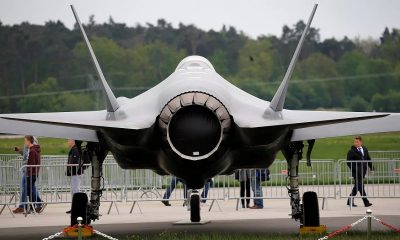
 EUROPE3 days ago
EUROPE3 days ago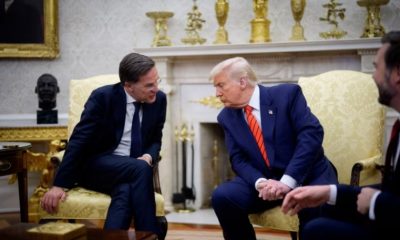
 EUROPE1 week ago
EUROPE1 week ago
 ASIA2 weeks ago
ASIA2 weeks ago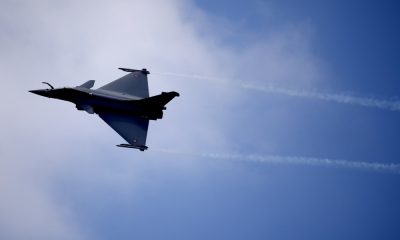
 EUROPE1 week ago
EUROPE1 week ago
 AMERICA1 week ago
AMERICA1 week ago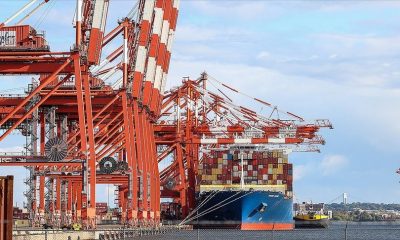
 DIPLOMACY4 days ago
DIPLOMACY4 days ago
 DIPLOMACY1 week ago
DIPLOMACY1 week ago
 RUSSIA2 weeks ago
RUSSIA2 weeks ago

















